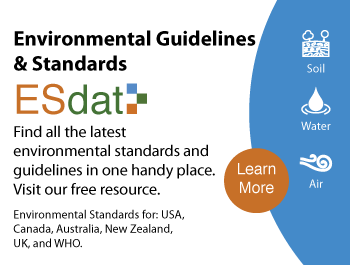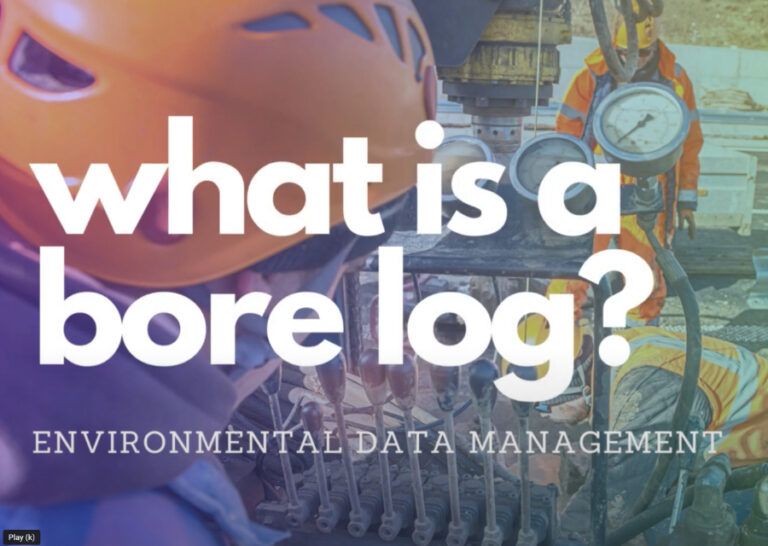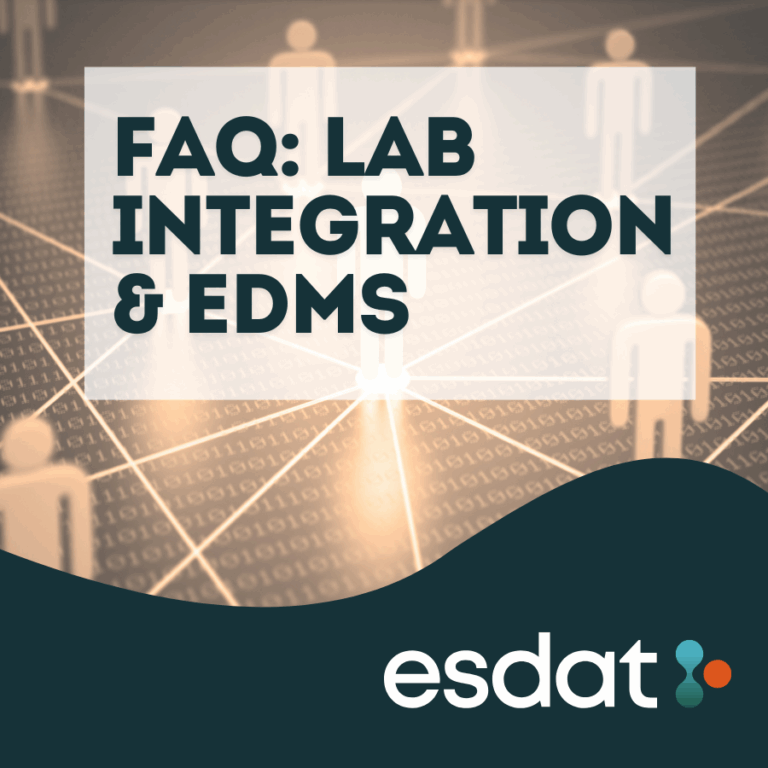The San Francisco Bay Regional Water Quality Board staff prepares Environmental Screening Level materials (Water Board). These materials’ information is not meant to establish policy or regulation. ESLs are often not employed at locations covered by the Low-Threat Underground Storage Tank Closure Policy.
For more than 100 chemicals discovered at locations with polluted soil and groundwater, the Environmental Screening Values offer conservative screening levels. They are designed to make it easier to quickly identify and assess any potential environmental issues at contaminated locations. ESLs deal with various media (soil, groundwater, soil gas, and indoor air) and problems (e.g., impacts on drinking water, vapour intrusion, and implications to aquatic habitat).
Environmental Screening Levels
The Environmental screening levels (ESLs) are used to determine the concentration of contaminants present in different environmental domains, mainly encompassing soil, groundwater resources, water vapors, and ambient air at the specific site, which may impact the exposed human population. These are figurative points set to compare the level of contaminants present within the particular site with the recommended levels established by the national or international regulations to check the quality of different environmental media, i.e. soil, surface water, groundwater, and air.
ESL Reporting in the San Francisco Bay Region
The California Regional Water Quality Board, San Francisco Bay Region, formulated a technical report which intends to portray a series of different combinations of soil quality, water quality, and air quality along with land use practices that influence the ecology of the specific site but not for the policy or legislative purposes instead they are used by the users or local clients seeking information about the particular site. There are two volumes of ESLs:
- Volume 1: It is also known as Tier 1 Final ESLs CA SFBRWQCB Tier 1 ESLs
- Volume 2: It includes Detailed Screening levels
Characteristics of the ESL Report in the San Francisco Bay Region
The ESL report predominantly involves assessing and measuring the concentration of about 100 hazardous chemicals which negatively impact the contaminated site. Exposure to these chemicals causes aquatic ecology degradation, which impacts aquatic species’ habitat, vapor intrusion, declining soil and groundwater quality, deteriorating the quality of potable water, etc. The report illustrates that if the concentration of specific contaminants identified is less than the established ESL, there would be no significant hazard posed to the environmental domains.
Updating ESL in the San Francisco Bay Region
The ESL report undergoes revision after a specified period by the Water Quality Board of San Francisco Bay Region, California, which reveals that the established environmental screening levels are not rigid; instead, they are flexible, i.e. prone to change with time due to the diverse cleanup activities upheld at the specific sites and ingression of novel chemicals which were not identified in the past due to the industrial advancements. For instance, in 2016, tetrachloroethane (PCE), a chemical used as a solvent in dry cleaning activity, was designated as the Tier 1 ESL as it was frequently present at the contaminated sites polluting a range of media, i.e. soil, groundwater, air, etc. Still, the revised report in 2019 reveals that the chemical concentration was diminished compared to the level in 2016. Similarly, a wide range of chemicals exhibits the same trend mainly due to the cleanup activities provoked by the regulatory authorities. So, it indicates that the ESLs may vary from time to time and are a helpful tool for the clients to consider before using the specific site.

References
https://www.waterboards.ca.gov/sanfranciscobay/water_issues/programs/esl.html
Tillman, F. and J. W. Weaver. Johnson and Ettinger (1991) Vapor Intrusion Model with Sub-slab Concentration. U.S. Environmental Protection Agency, Washington, DC, EPA/600/C-06/002, 2005.






